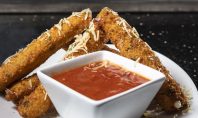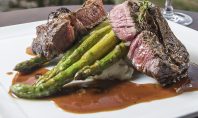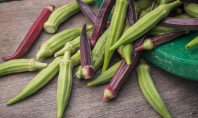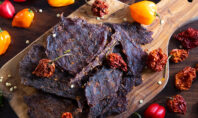Fresh Ink
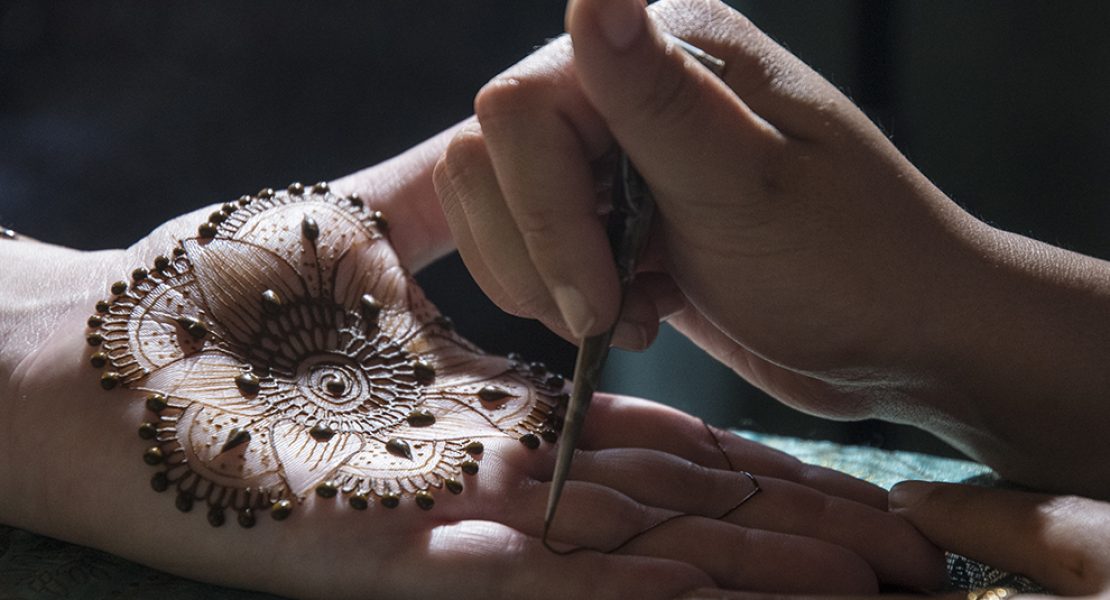
This local tattoo artist is making her mark in the Lehigh Valley.
The self-taught henna and tattoo artist sits on her couch with her left leg elevated. On her forehead is a mining headlamp. She has a beer to one side of her, her boyfriend to the other. She’s streaming The Office on her TV. With delicate precision, Priya Rattan, 25, lowers a set of three needles just above her right knee and starts to poke. She’ll slowly do this for about an hour and a half until her mandala tattoo is complete.
“I’ve always loved tattoos,” Rattan says. “I wasn’t comfortable enough to get a tattoo machine myself, so when I learned about the stick ’n poke method, it seemed really cool.”
Stick ’n poke, or hand poke, is an old-school way of tattooing. It takes longer—the artist is literally poking one dot at a time to create the ink art—but may also hurt less, Rattan says, explaining that tattoo machines are basically needles on a vibrating brick.
Rattan, who graduated with a biology degree from East Stroudsburg University in May, has been stick ’n poke tattooing for two years. But she got her start in tattoo art through henna when she was a freshman.
“I was lonely and didn’t have any friends,” she says. “My dad brought me henna cones to stay busy. I practiced on myself, and then other people on campus saw them and asked me to do henna on them. One of the first people who asked me for henna turned into one of my best friends. We’re still close, even after she’s moved to Japan and then North Carolina.”
In 2015, when Rattan was a sophomore, she started her Instagram account, where she posted photos of her work. From there, her hobby gained momentum, all through word-of-mouth. In September 2015, she made her own henna paste for the first time; she orders the henna powder from India and makes it in her apartment in Bethlehem.
“I don’t know of many henna artists in the Lehigh Valley,” says Rattan, who had her first paying client at the Easton Flea in October 2015. “I thought, this can be a niche for me. And it’s going well.”
She got her start in tattoo art through henna when she was a freshman
Two pieces of henna art come to Rattan’s mind when asked about her favorite designs. Both are henna crowns, or artwork that covers the head. “They’re for chemo patients,” she says. “The first patient was someone my hairdresser told me about. She was putting on a Mardi Gras fundraiser party. She was losing her hair and she shaved her head. She wanted to feel pretty. So I gave her a full henna crown on her head.”
The other crown was for a friend who reached back out to Rattan when she was battling cervical cancer. She asked for a peacock down the side of her head. “I love how empowered those ladies feel,” Rattan says. “It’s not for my own satisfaction. When my work is done, and [my clients] are so in awe, that makes me giddy inside. I’m so happy.”
Rattan’s henna art inspires her stick ’n poke art, she says, pointing to a tattoo above her left ankle. It’s an unalome, a traditional Indian design that represents the path to enlightenment. “The squiggle lines in between signify trials and tribulations you go through in your lifetime,” she says.
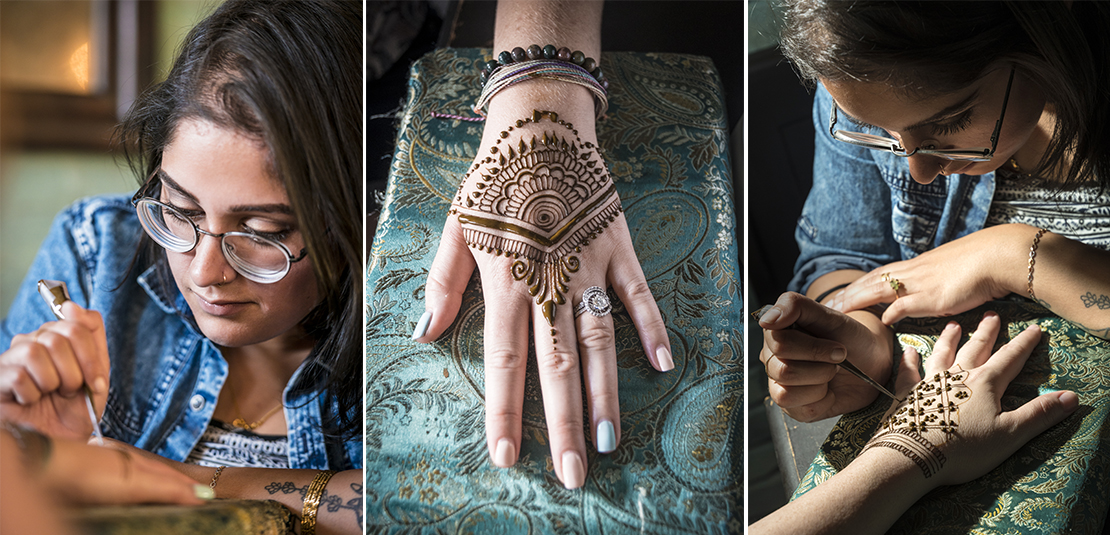
Rattan has two offices, so to speak. She adorns her henna clients at Lit Coffee Roastery and Bakeshop on Bethlehem’s South Side, where her boyfriend is a Monocacy Coffee roaster. Her stick ’n poke office is just down the road at Bonn Brewing, where she recently inked a bartender: a mandala covering his entire knee. It took two five-hour sessions. “I do a lot of tattoos at Bonn on Sunday when no one’s in there. It’s like my own little speakeasy for tattooing,” Rattan says.
Rattan, whose latest tattoo is the Bonn logo, sets up shop at a table in the back corner. She’s taken tattooing classes and blood borne pathogen classes. “I order all of my supplies by the book,” she says, noting that she uses sanitized, packaged needles, green soap for sanitizing skin, and vegan ink. “If I don’t want it in my body, I don’t want it in somebody else’s body.”
While Rattan’s henna clients run the gamut—men, women, young, old—it’s a niche group of clients who choose the old school, hipster stick ‘n poke. But one of those clients doesn’t fit the hipster mold: Rattan’s grandmother, who’s in her 70s.
“She approached me,” Rattan says, laughing. Last year, when her grandmother was visiting from England, where most of Rattan’s family lives—and where Rattan was born—she asked her granddaughter to replicate a tattoo her late husband—Rattan’s grandfather—had.
“He had an ikonar, a symbol of the Sikh religion, on the top of his left hand,” Rattan says. “She asked me to get it done, the same design on the same part of the hand.”
Rattan will continue to adorn and ink clients through the next two years of school: She’s attending Northampton Community College in the fall for an associate’s degree in fine arts. She plans to merge her passion for art with her biology degree to become a medical illustrator
for textbooks.
“It combines both of my worlds seamlessly,” she says. “If I can help kids learn while they also see my art, that’s so awesome to me.”
History of Henna
It’s thought that the first use of henna, a natural dye from the henna plant, was in ancient Egypt. But it likely wasn’t until much later—about 900 CE—that the dye was used in bridal celebrations as a sign of beauty, which is how it’s most recognized today. While henna is most commonly associated with Indian culture, it also has roots among Jews, Muslims, and Christians in North Africa, and in Pakistan and the Middle East.
Thinking about getting inked?
For more information and to view Rattan’s work, follow her on Instagram @mehndiandmandalas or visit facebook.com/MehndiAndMandalas.







